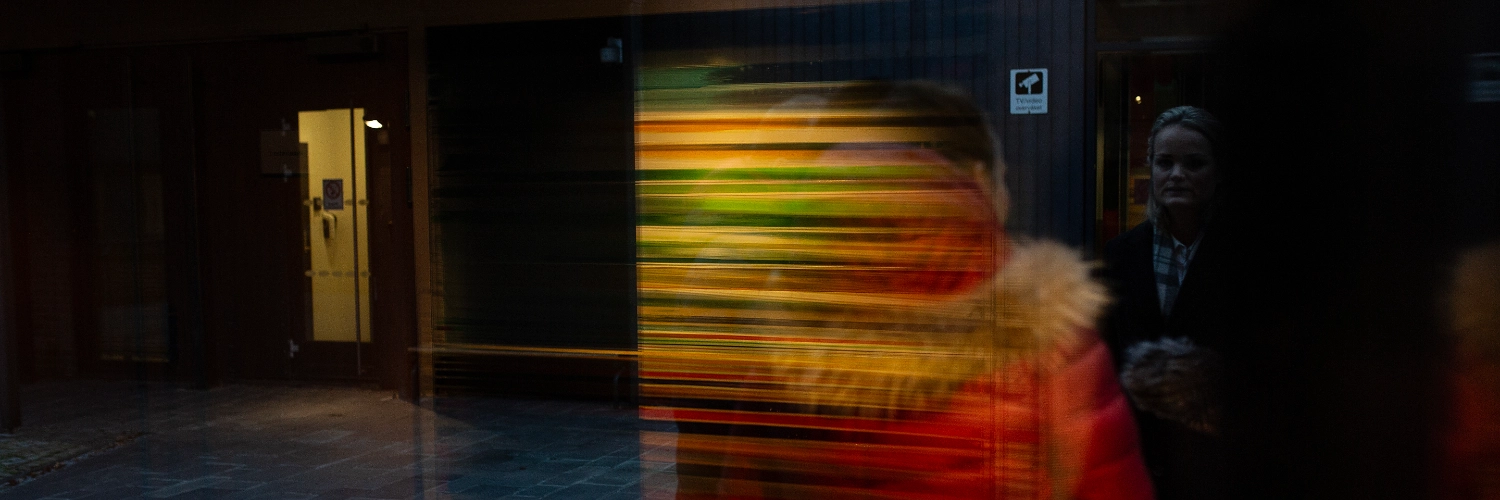
Inequality Before the Law
Investigating bias in the world’s most vaunted criminal justice system.
Norwegian society is widely seen as a model of progress and justice. The country makes headlines for its robust democracy, commitment to egalitarian values, and emphasis on social welfare, which extends to those in prison. In global indexes, the country is a consistent leader for class and gender equity. Across popular films and scholarly papers, Norway frequently serves as a point of contrast to other countries’ broken penal systems—and as a model for how to repair them.
Reporting on the Norwegian criminal justice system has seldom penetrated the glow of international praise. Norway has one of the world’s most renowned criminal justice systems, yet few journalists have systematically investigated it.
Lighthouse and Norway’s public broadcaster, NRK, set out to change this. We built a database of over 9,000 verdicts passed down between 2022 and 2023, featuring cases that appeared for sentencing before one professional judge and two lay judges, who are volunteer members of the public.
We spent over a year parsing the verdicts—examining the defendant and judge demographics, accused crimes, mitigating and aggravating circumstances, and sentence severity. Several patterns emerged.
Defendants with lower incomes receive significantly longer sentences than those with more money, and women receive substantially shorter sentences than men. Older judges impose longer sentences and punish defendants from migrant backgrounds with more severity than younger judges.
Our reporting and data analysis demonstrates that who you are—and the judge before whom you appear—can determine the sentence you will receive in Norway. Our stories spotlight how this plays out in the courtroom—when people are on trial for not only what they supposedly did—but for who they are.
METHODS
European journalism suffers from a Marshall Project-sized hole. In comparison to the United States and Latin America, data-driven criminal justice reporting in Europe is scant. Reporters in Europe face significant difficulties in obtaining data about criminal cases that allow for rigorous analysis.
Between March 2022 and December 2023, NRK collected thousands of verdicts from Norway’s district courts. They extracted names and postcodes for defendants and judges from the verdicts, which they then cross-referenced with Norway’s population register and national tax list. The resulting dataset contained demographic and financial information for both defendants and judges, as well as data on charges, convictions and aggravating factors.
Lighthouse partnered with NRK in order to investigate whether defendant characteristics and judge characteristics are associated with harsher sentencing. A key challenge was accounting for differences in crimes and aggravating factors, like whether a defendant is a repeat offender, which can affect sentencing. We used linear regression analysis to control for all demographic variables, individual crimes and mitigating and aggravating circumstances. This allowed us to isolate the effect of different demographic characteristics, such as income, on sentencing.
For real world defendants, sentencing bias is not just statistics — it is often the difference between freedom or captivity. The results of our data analysis informed ground reporting that showcased the real world implications of the disparities we found. Our team read through hundreds of verdicts in our dataset to identify compelling cases and tracked down the people affected. We spoke to a number of experts to try to understand why these disparities exist and how both conscious and unconscious bias manifests in the courtroom.
We have published a comprehensive methodology reviewed by experts in statistics, law and philosophy that outlines our analysis. We have also published the underlying analysis and results on Github.
STORYLINES
Lighthouse and NRK produced two stories from two cases that exemplify topline findings from our data analysis.
Frank and “Jakob,” two middle-aged Norwegian men, were pulled over by police during traffic stops a few months apart. They both had smoked cannabis the night before and test results revealed they both had blood alcohol levels above the legal limits. Both were charged with the same crime and had no prior convictions for driving under the influence. Yet they were divided by a crucial difference: at the time, Jakob was worth hundreds of thousands of euros and Frank was drowning in over a hundred thousand euros of consumer debt, living on social security. In the courtroom, the differences deepened: the judge in charge of Frank’s case was almost three-decades older than Jakob’s.
In our statistical analysis, we saw how this gap in income, along with the age gap among judges, translates to a gap in severity of punishment. While each individual case is unique, Jakob and Frank are illustrative of a pattern that exists across thousands of cases. For them, this disparity wedged a lasting divide in their lives. Jakob walked free, sentenced to only 30 hours of community service, while Frank had to serve three weeks in prison–a setback which he is still recovering from financially and professionally.
The second story follows the case of Lisa and her boyfriend Erik, who are on trial for assaulting an acquaintance, an act they both claim was in self-defense. Even though they both are accused of the same crime, in Norway, women receive sentences an average of 24 days shorter than men, even when accounting for other factors. As Lisa and Erik’s cases progress through the legal system, the story examines the societal, legal, and cultural reasons that women tend to receive shorter sentences than men.

